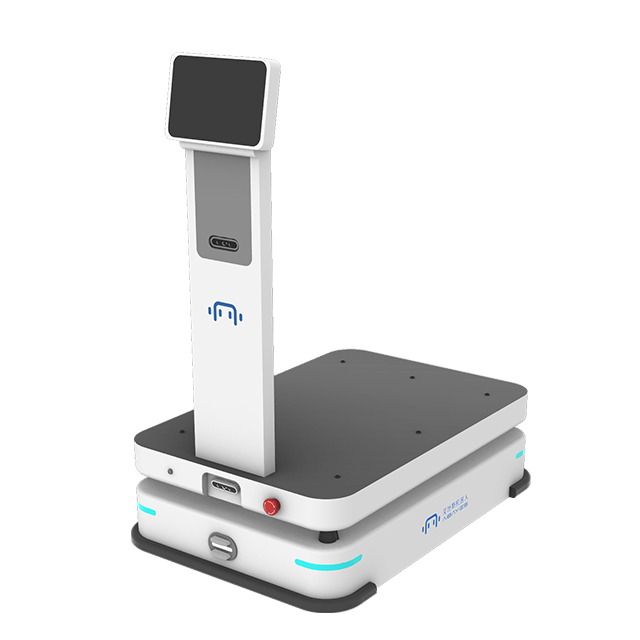Applications:FLASH 300-L
The integration of Autonomous Mobile Robots (AMRs) into large warehouses has marked a significant advancement in optimizing logistics operations. These intelligent robots are addressing critical pain points and enhancing efficiency in warehouse management.
Pain points in the scenario:
- Time-consuming Manual Handling
- Safety Risks to Workers
- Potential Delays and Errors
Primary Competitive Advantage:
Autonomous Mobile Robots offer a transformative solution to these challenges. Their core advantages include:
- Efficient Navigation: AMRs are equipped with advanced sensors, cameras, and mapping technology that enable them to navigate through complex warehouse layouts with ease.
- Precision and Accuracy: These robots excel at transporting materials precisely and they ensure accurate item identification and reduce the risk of errors.
- Time Optimization: AMRs significantly cut down on retrieval times. Instead of workers traversing long distances to retrieve items, robots can be dispatched quickly, optimizing the time taken for order fulfillment.
- Safety Enhancement: By reducing the need for manual labor in risky activities like lifting and carrying heavy items, AMRs enhance workplace safety. This leads to a decrease in accidents and employee injuries.
Solution introduction:
The operation of logistics AMRs in a large warehouse involves a seamless collaboration of technology and human supervision:
- Mapping and Programming: Initially, the industrial environments is mapped, and the AMRs are programmed with the layout and item locations. This data forms the basis for their navigation and tasks.
- Order Dispatch: When an order is received, the AMR management system dispatches the most suitable robot for the task based on proximity and availability.
- Navigation and Execution: The AMR navigates to the specified item location using its onboard sensors and algorithms. Once there, it accurately picks and places the item on its platform.
- Return to Base: After completing the task, the AMR returns to its charging station or designated area, ready for the next assignment.
The integration of logistics AMRs into warehouses revolutionizes traditional practices, addressing pain points related to efficiency, accuracy, and safety. By harnessing their core advantages and employing a well-structured operational system, warehouses can optimize their logistics processes, reduce costs, and enhance overall productivity.




